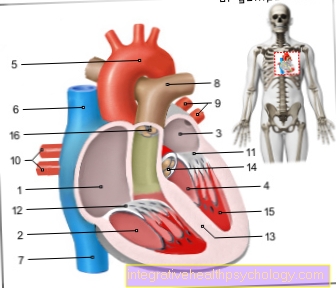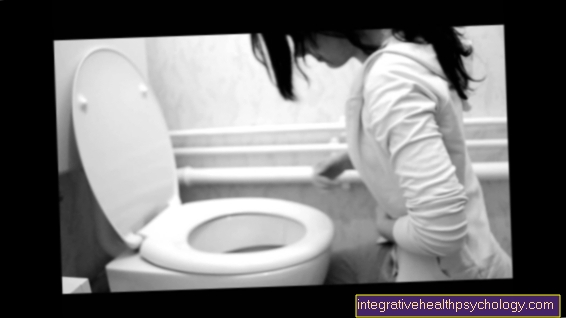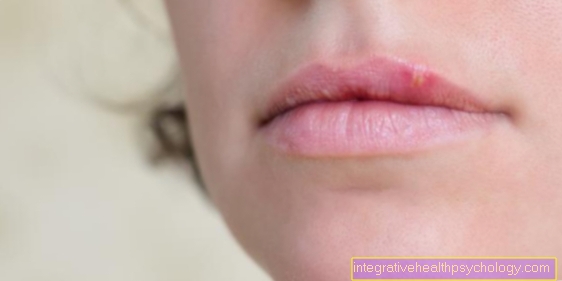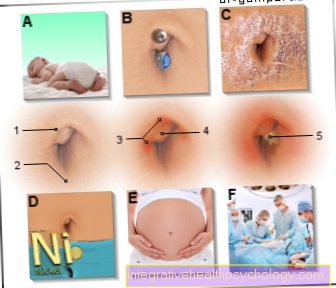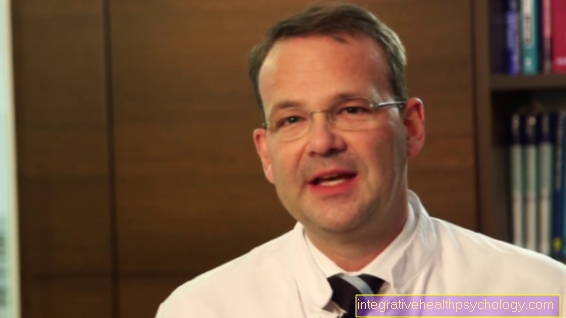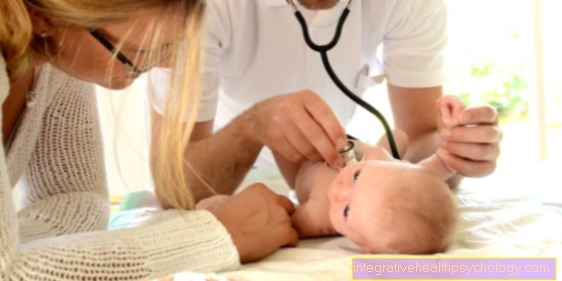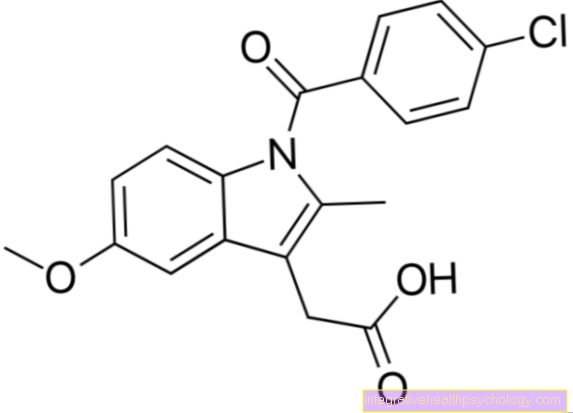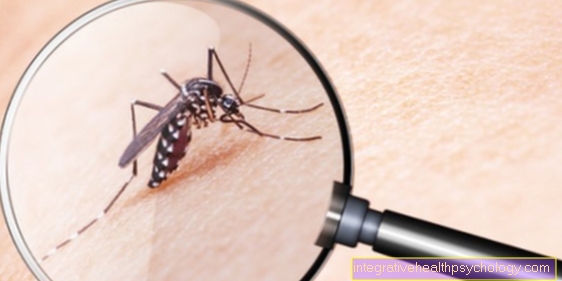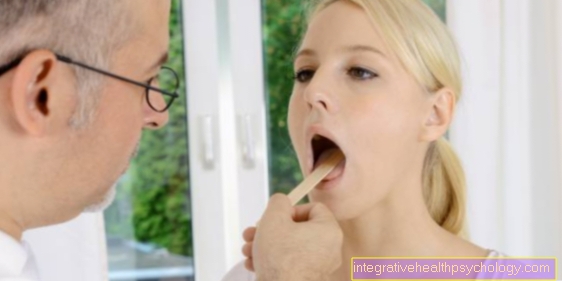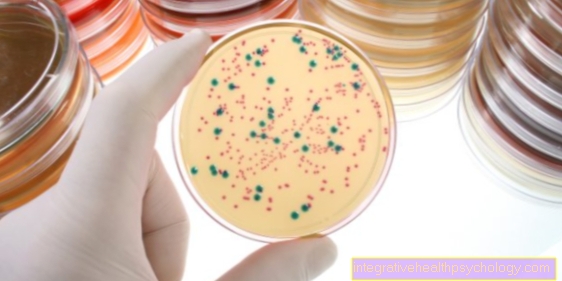Duration of mouth rot
Oral rot, or aphthous stomatitis or herpatica gingivostomatitis, is a disease of the oral mucosa that is accompanied by inflammation. This leads to painful blistering in the mouth and throat area, mostly in children between the ages of 1 and 3. The symptoms are triggered by the initial infection with the herpes virus (HSV1).

How long does it take for symptoms to break out?
The incubation period for oral rot is on average about 2-12 days, but can vary significantly and last up to 26 days. The person affected may have been infected earlier and only show the corresponding symptoms much later.
The disease usually begins with a high fever that can last for several days and with which children in particular are often ailing and very limp, but usually have no pain. Only a little later does the typical inflammation of the oral cavity occur (the palate, tongue and lip can also be affected) with the associated blistering and burning pain in these areas.
Please also read: Course of the mouth rot
Duration of the entire illness
With the onset of the disease, typical symptoms such as painful burning sensation and the formation of blisters on the tongue, oral mucosa, gums or palate appear after the high fever of the initial phase. However, other complaints such as bad breath, increased salivation or swollen lymph nodes can also occur.
In most cases, especially with small children, self-healing occurs after about 1 week, during which the blisters and wounds dry out and the children are no longer contagious. However, there are also cases where the disease lasts longer. This is especially the case in young adults or older children, where symptoms are often closer to 2-3 weeks.
More on this topic at: Mouth rot in adults, mouth rot in children
Duration of each symptom
As already mentioned, the illness initially manifests itself in the high fever and general malaise of the patient concerned. Symptoms such as headache, irritability or an indefinable feeling of illness can also occur. However, those affected usually do not experience any pain. The high fever can last for several days (usually up to 5 days)before the "real" symptoms are observed.
After the fever has gone, aphthoid lesions appear in the mouth area, which initially lead to small blistering, which can develop into so-called ulcerations or erosions after a few days. They are often covered with yellowish fibrin coatings and are extremely unpleasant. The children have no appetite due to the burning pain in the mouth and throat and often cannot eat or drink anything. Particularly salty or spicy food and particularly hot or cold drinks cause severe pain and are understandably refused by the children. However, it is important that those affected are given enough fluids / food to prevent dehydration and to consume enough nutrients.
The complaints mentioned last about 1 week before the blisters can recede by themselves and the pain subsides. As mentioned earlier, it often takes a little longer to heal in adults, and symptoms usually subside without any after-effects 2 to a maximum of 3 weeks from.
Length of sick leave
Due to the already listed symptoms, some of which are very painful, patients should stay at home until the blisters have healed. Bed rest is important so that the body can recover from the attacks of fever and recharge its batteries.
Those affected should also stay at home so that the risk of infection for those around them can be minimized. The mouth rot is transmitted via the droplet infection, which can lead to infection by coughing, sneezing or simply speaking.
The doctor (family doctor, pediatrician or dentist) should write off sick leave until the herpes blisters heal and the patient is symptom-free. Usually this happens after 7-10 days.
Duration until my child is allowed to go to daycare again
Oral rot is very contagious and is transmitted via the droplet infection. Infection can quickly occur, especially with toddlers in day care centers or kindergartens, as toys are shared and often touched with lips beforehand and the children are in close contact with each other.
The infection phase is only over after the blisters have completely healed and dried out. Only then should the child go back to daycare or kindergarten. As already mentioned, the duration of the illness is usually 7-10 days, but in some cases it can last longer.
More about this topic can be found: Mouth rot in the child
Duration of medication use
Oral rot is a disease that is treated symptomatically. So the symptoms are treated without the cause being cured. Most of the time, the oral rot heals on its own after about a week.
The fever can be lowered with paracetamol, whereby the maximum daily dose must not be exceeded. Without medical advice should use acetaminophen no longer than 3 days be taken. Local anesthetic ointments such as Dynexan can be applied to the painful blisters. This is an ointment that is used for the symptomatic treatment of pain in the lining of the mouth, gums, and lips. The exact dosage should be taken from the package insert, as there are differences in use in children and adults. If there is no improvement in the symptoms within a week a dentist or doctor should be consulted.
Also read: Home remedies for mouth rot
Duration until you are no longer contagious
The virus that causes oral rot is contagious and is transmitted via a simple droplet infection. The initial infection usually goes unnoticed, as not everyone who is infected shows symptoms. Most people therefore carry the virus within them without it breaking out.
However, there are also people who have the symptoms mentioned. If the virus breaks out, one can assume a potential risk of infection of about 2 weeks.
Also read: Contagion with mouth rot


